1: A Year in Art: Australia 1992
I attended an exhibition called A Year in Art: Australia 1992 at the Tate Modern in March 2022. The exhibition brought together works from various artists which responded to the debates around the Aboriginal and Torres Strait Islander land rights in Australia. The exhibition explores how artists have acknowledged the continuing relationship Aboriginal and Torres Strait Islander peoples have with their lands, as well as the ongoing impact of colonisation and the complexities of representation in Australian society today. There were a variety of art forms within the exhibition including photography, videography, painting and drawing. Many of the works reflect on the ongoing impact of colonisation, the complexities of representation in Australian society today and questions of social and environmental injustice.
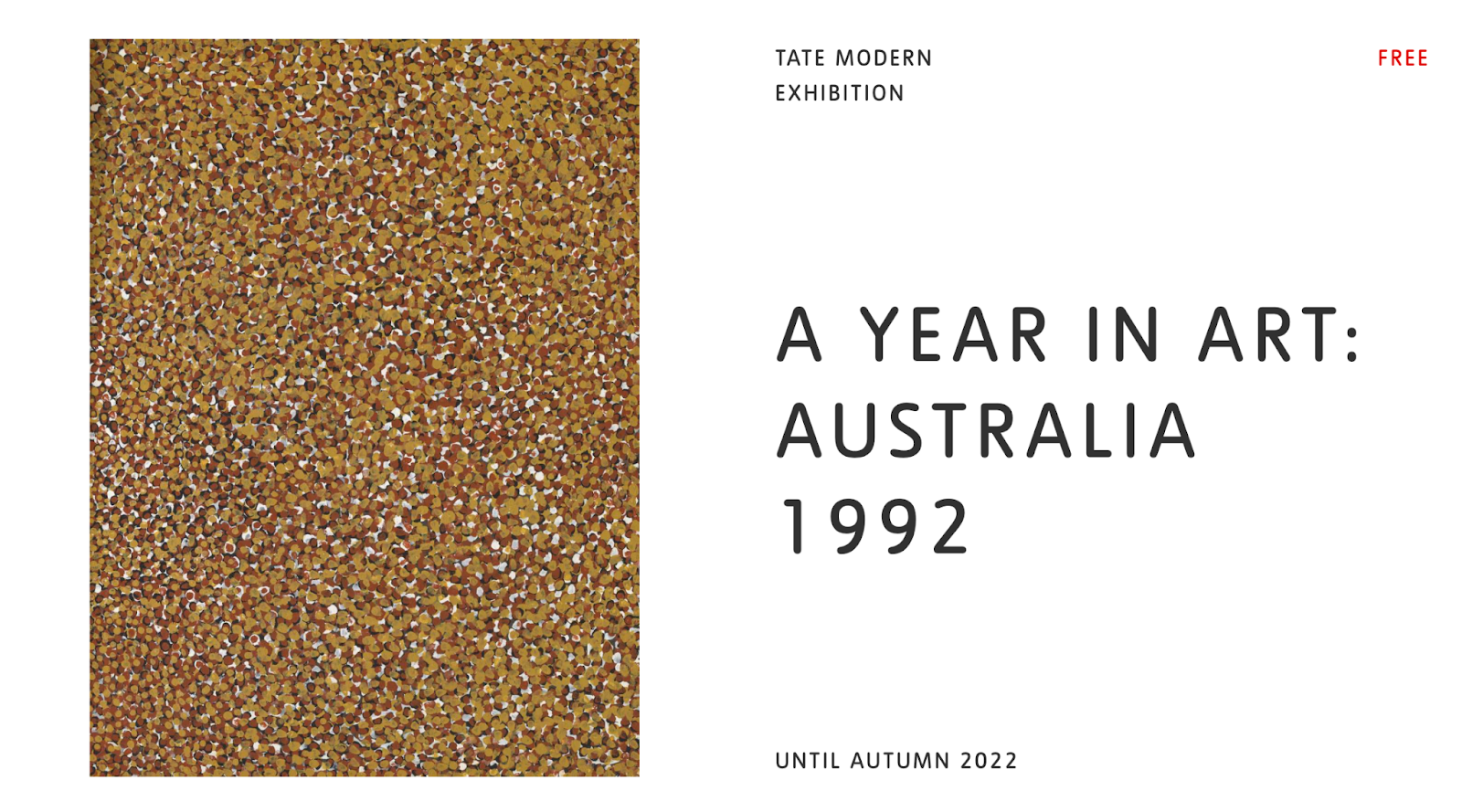
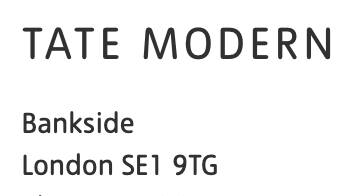
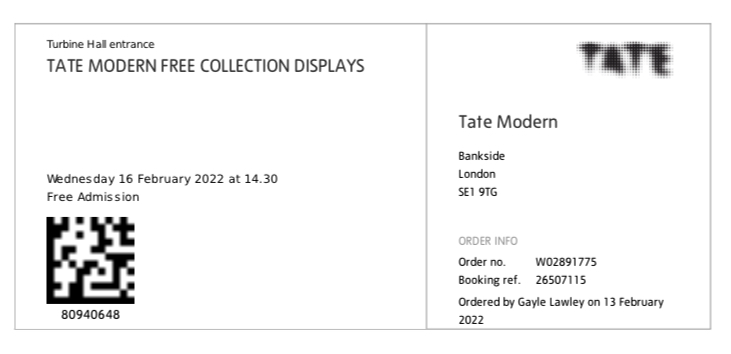
Before visiting this exhibition I had little knowledge of the social injustices and political complexities that have faced Australia in the past. An artist who particularly caught my eye and interested me greatly was Tracey Moffatt, an Indigenous Australian artist who primarily uses photography and video. Her photographic series ‘Up in the Sky 1997’ was showcased at the exhibition and depicts a town in the Outback. The series implies a hidden narrative and Moffatt explains ‘there is a storyline, but … there isn’t a traditional beginning, middle and end.’ Her photographs showcase scenes with contrasting emotions, violence, isolation and despair which are juxtaposed with joy and sincerity.
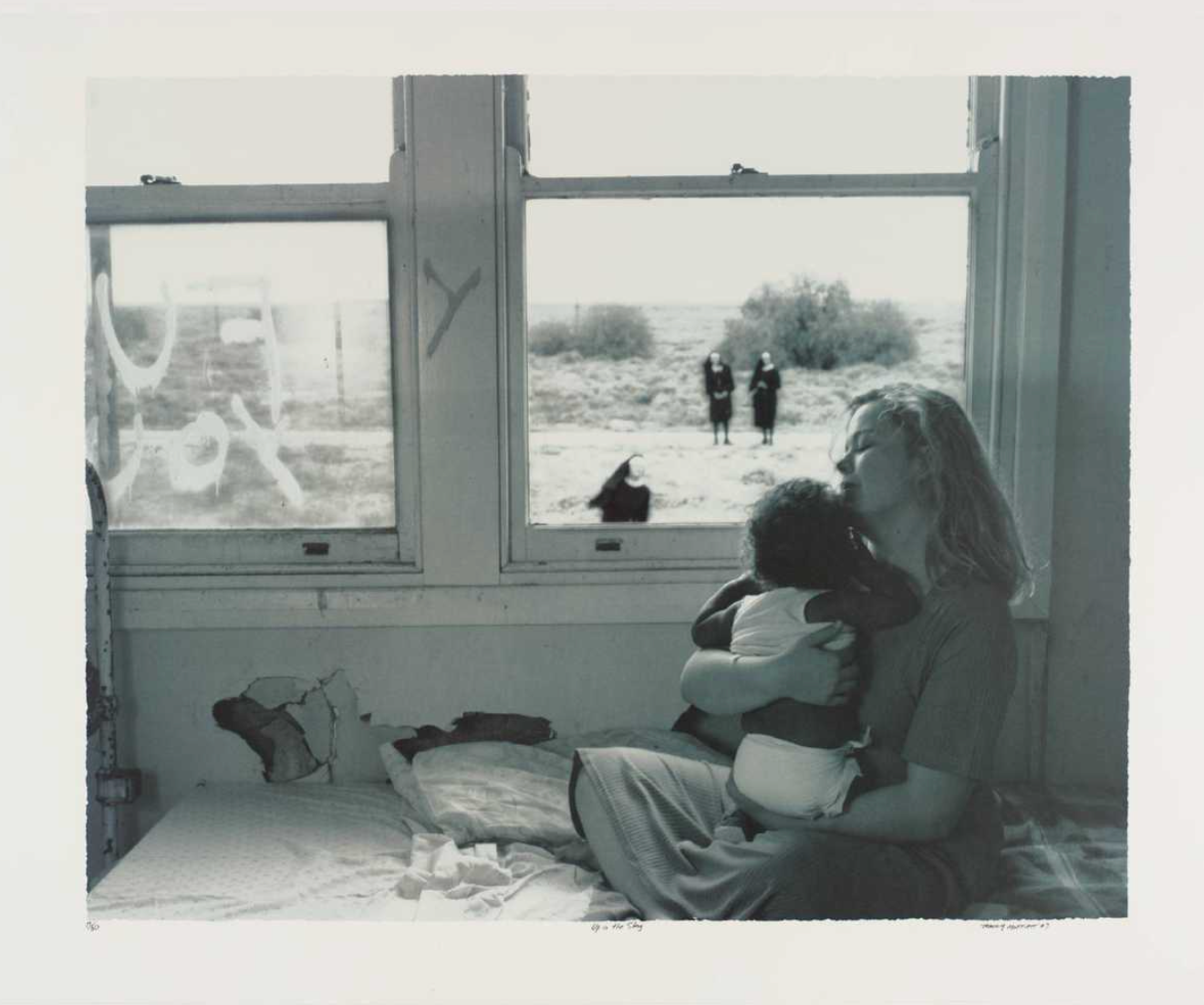 For example, her photograph to the right at first appears innocent but after more consideration a hidden trauma is revealed. This photograph depicts an Aboriginal baby in a town of mostly white people, with nuns in the background. This seemingly strange collection of subjects reflect the physical and psychological damage experienced by the “Stolen Generations’.
For example, her photograph to the right at first appears innocent but after more consideration a hidden trauma is revealed. This photograph depicts an Aboriginal baby in a town of mostly white people, with nuns in the background. This seemingly strange collection of subjects reflect the physical and psychological damage experienced by the “Stolen Generations’.
Overall, I enjoyed the variety of different art forms and how each artwork told a story that provoked an emotion. Within the exhibition there were informational cards next to each artwork which I thought was very good because it enabled me to gain a broader and well rounded understanding of the purpose of the exhibition and to fully understand the artists’ intention of their works. Personally, there was nothing bad or disappointing about the exhibition, I found it informative and educational and would definitely recommend it to anyone interested in learning something new or changing their perspective on life.. Something that I learnt from the exhibition was the extensive injustice within Australia in the past, for example from the 1910s to the 1970s, the Australian government agencies forcibly removed children from their Aboriginal and Torres Strait Islander families.


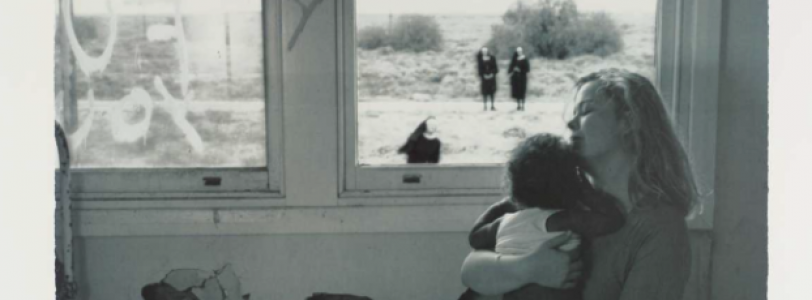

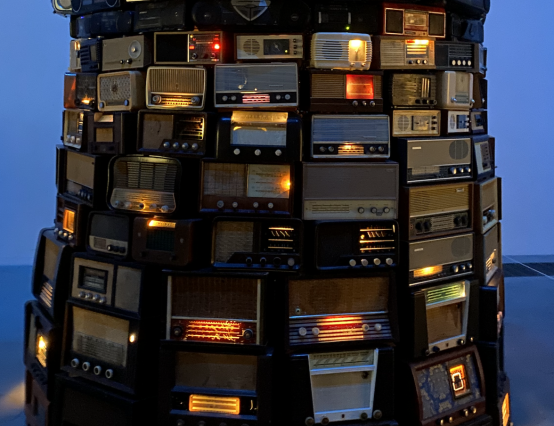


0 Comments